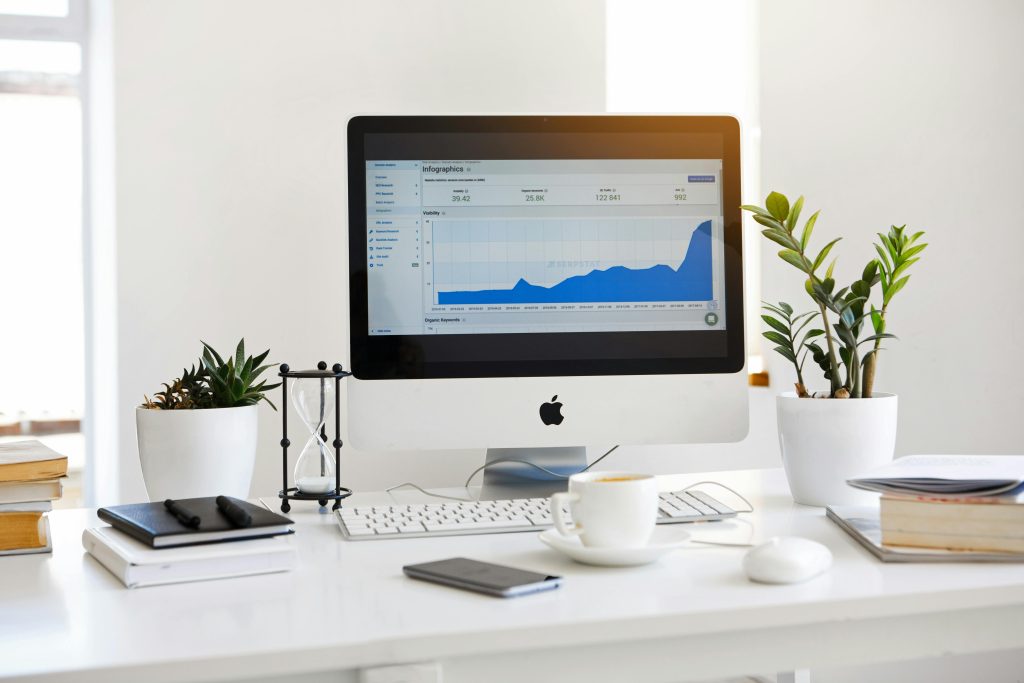An organized study space is more than just a tidy desk—it’s the foundation for focus, motivation, and consistent productivity. With digital distractions and crowded living environments on the rise, creating a dedicated zone for study has become a current hot trend among students and remote workers alike. This guide offers practical steps to design an efficient and inspiring space that supports learning, well-being, and long-term success.

Why an Organized Study Space Matters Today
Surveys highlight the tangible impact of workspace organization on productivity. One study found that 83% of people felt more productive when their workspace was organized, with an estimated 38% potential increase in efficiency if their space was better arranged. Meanwhile, neuroscience confirms that cluttered and poorly lit environments negatively affect focus and cognitive performance. In response, the trend toward personalized, calm, and minimalistic study zones is growing—not just for students but also for professionals working from home.
Step 1: Choose a Quiet, Dedicated Location
A dedicated, distraction-free corner is key. Studies emphasize that even low-level noise can compromise motivation and learning.
Tips to select the optimal spot:
- Find a quiet corner away from daily household activity (like TV or conversations).
- If space is shared, use room dividers or screens to create mental boundaries.
- Maintain consistency—when you study in the same location regularly, your brain enters “study mode” faster .
Step 2: Prioritize Ergonomics and Lighting
An ergonomic setup reduces physical strain and sustains longer focus sessions.
- Choose a chair that supports your lower back, and ensure your desk height allows elbows to rest comfortably.
- Optimize lighting. Natural light enhances alertness, but task lighting reduces eye strain when natural light is limited.
- Consider circadian lighting features—like blue light in the morning, or smart window treatments—for enhanced cognitive performance
Step 3: Declutter and Organize Essentials
Clutter creates mental friction. Organizing your physical and digital workspace sets the foundation for clarity.
Action steps:
- Keep only frequently used items like pens, notebooks, and textbooks within reach.
- Use labeled trays, drawers, or wall organizers to prevent visual chaos.
- Declutter your digital desktop—files, apps, and tabs all compete for attention.
- Embrace minimalism with multifunctional furniture or under-desk storage solutions.
Step 4: Incorporate Biophilic Design and Personal Touches
Biophilic elements—like plants or nature-themed décor—enhance well-being and cognitive function by 9–37%. Even small additions harmonize the environment and support productivity.
Creative ideas:
- Add low-maintenance plants like succulents or snake plants for greenery and air quality benefits.
- Introduce art, inspirational quotes, or photographs to create an inviting atmosphere
- Choose sustainable décor—like bamboo desks or recycled-material shelving—for both style and environmental harmon.
Step 5: Establish Routines and Visual Planning
Routine reinforces habit. Pair your organized space with structured time management to maintain momentum and clarity.
Strategies to adopt:
- Set up a whiteboard or cork board for deadlines, to-do lists, or study plans.
- Limit distractions by keeping devices out of sight or in “Do Not Disturb” mode.
- Create a start-of-study ritual—like lighting a candle or opening a planner—to signal to your brain that it’s time to focus.
Step 6: Embrace Flexibility and Environmental Control
Having variable options in your study environment enhances adaptability and sustains productivity.
- Use portable setups when dedicated space isn’t available—portable lamps, laptop stands, or rolling storage make any corner usable.
- Opt for flexible furniture arrangements or height-adjustable desks to support different tasks and reduce fatigue.
- Incorporate adjustable ambient features like fans or windowed ventilation to stay comfortable.
Step 7: Balance Organization and Creative Flow
While organized spaces often boost productivity, studies show overly pristine environments can inhibit creativity.
Finding equilibrium:
- Allow visual inspiration—like a sketch or thought board—that invites exploration.
- Embrace “ordered chaos,” clutter that stimulates your creativity without overwhelming you.
- Tailor the balance based on your task: keep it tidy for focused work, relaxed for brainstorming.
Conclusion
Creating an organized study space requires more than aesthetics—it blends ergonomics, visual clarity, emotional comfort, and flexibility. By selecting a dedicated, distraction-free spot; designing with ergonomics and lighting; decluttering effectively; incorporating natural and inspiring elements; and adapting to your creative needs, you build a space that supports sustained focus—and, ultimately, better learning outcomes.
Your environment is a partner in productivity. Nurture it thoughtfully, personalize with purpose, and your study space can become a cornerstone of clarity, motivation, and success.
References
- American Psychological Association. (2021). Designing your study environment for success. Retrieved from: https://www.apa.org
- Princeton University McGraw Center for Teaching and Learning. (2020). Study spaces and productivity. Retrieved from: https://mcgraw.princeton.edu
- Harvard University Division of Continuing Education. (2022). How to create a productive study space. Retrieved from: https://extension.harvard.edu









